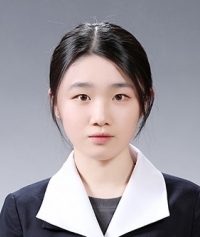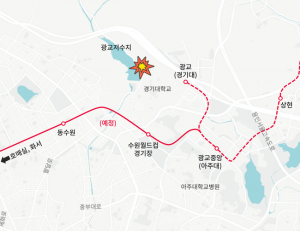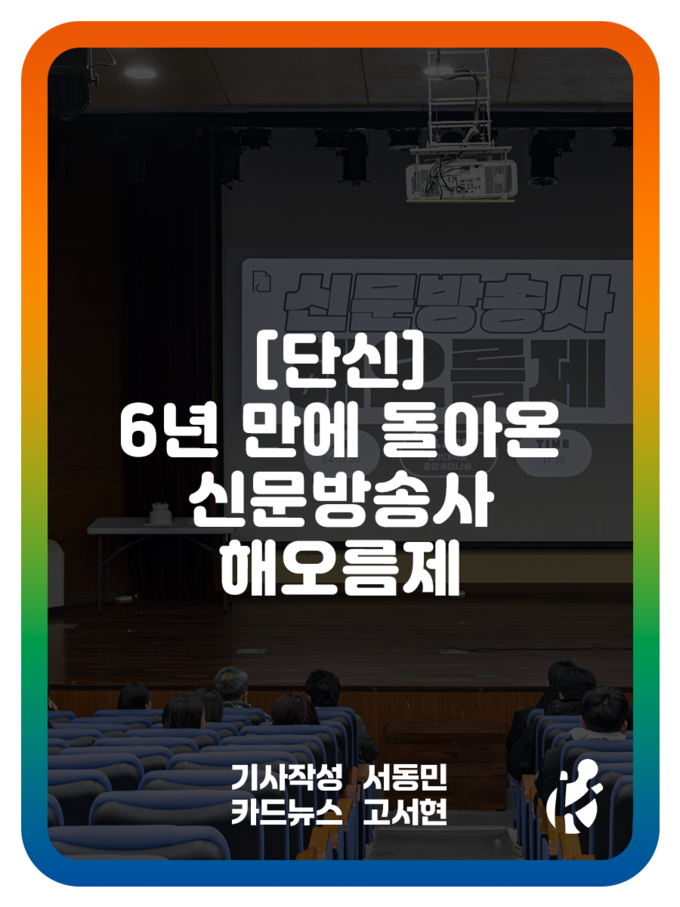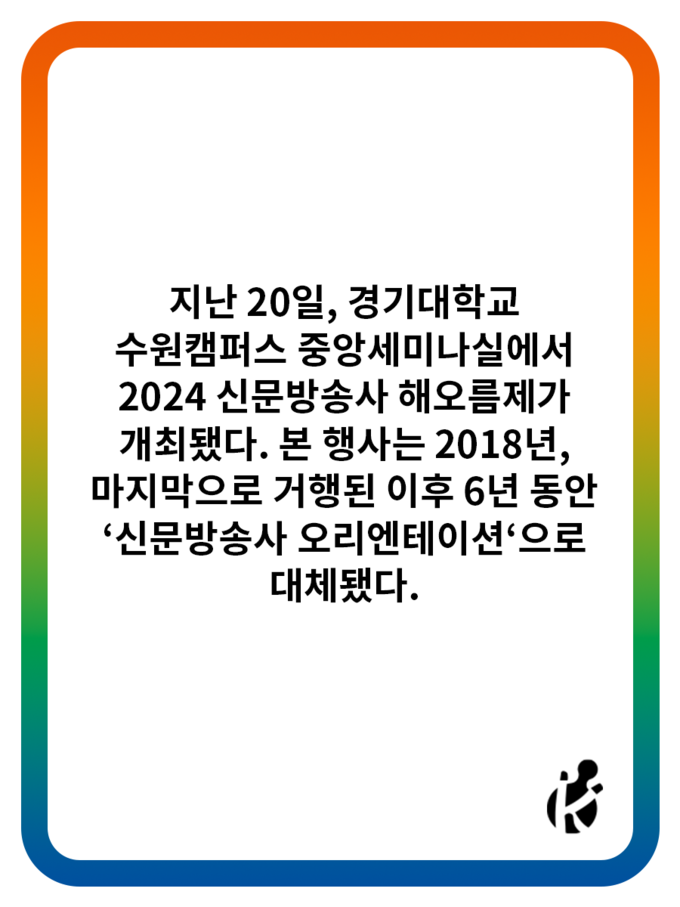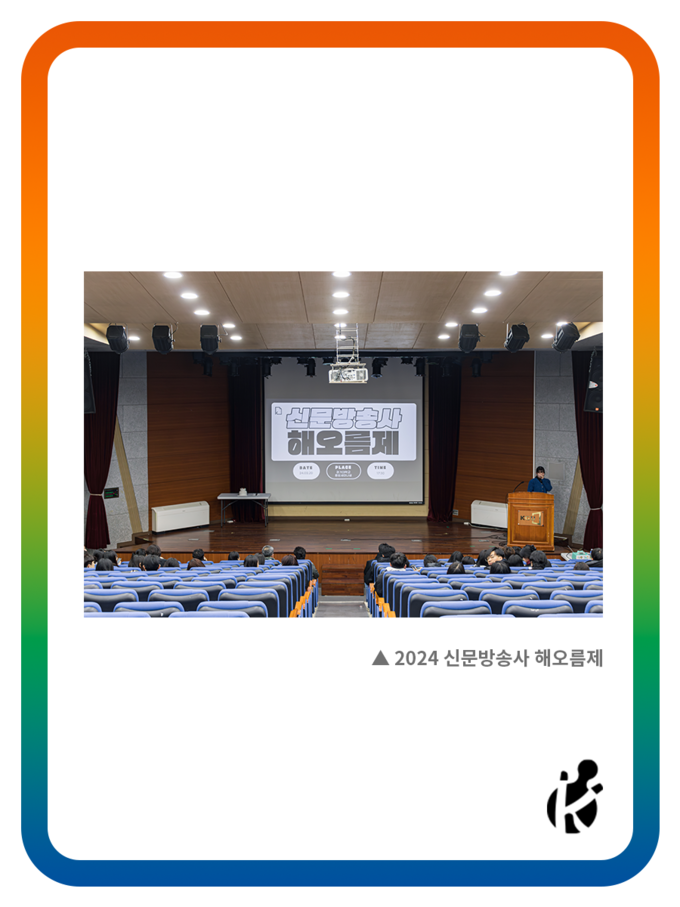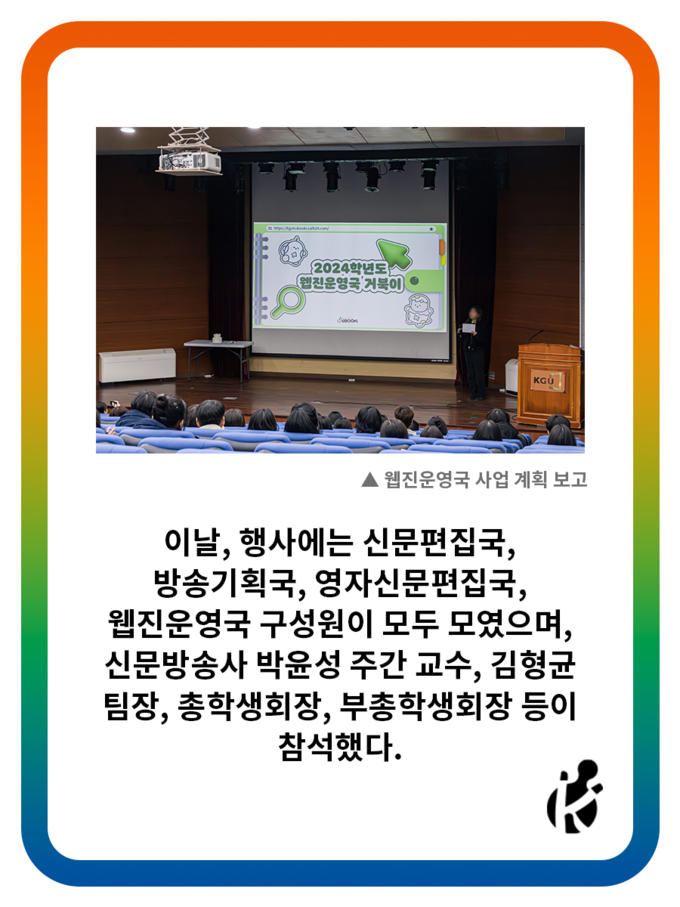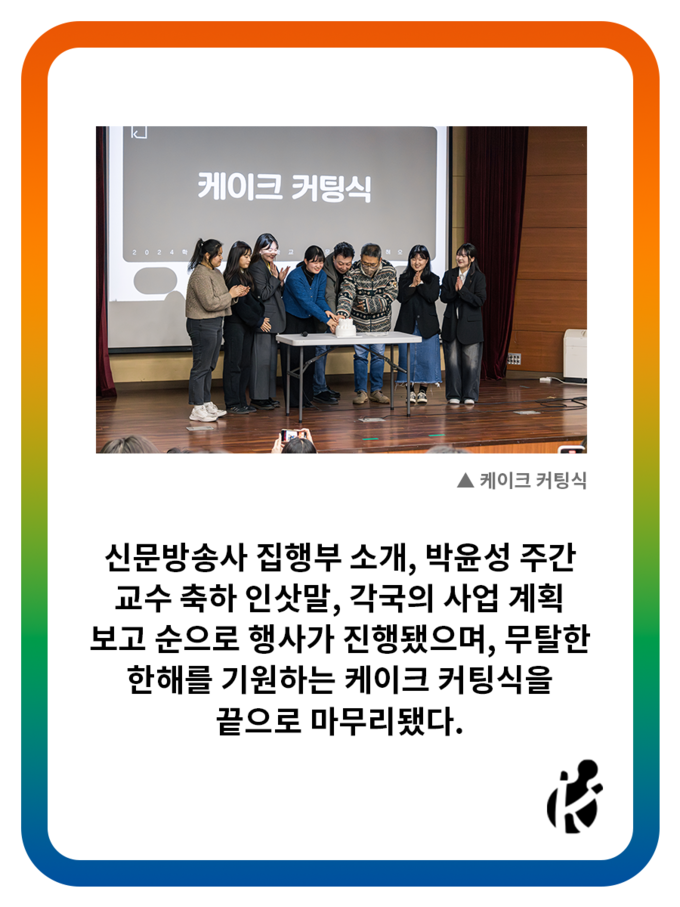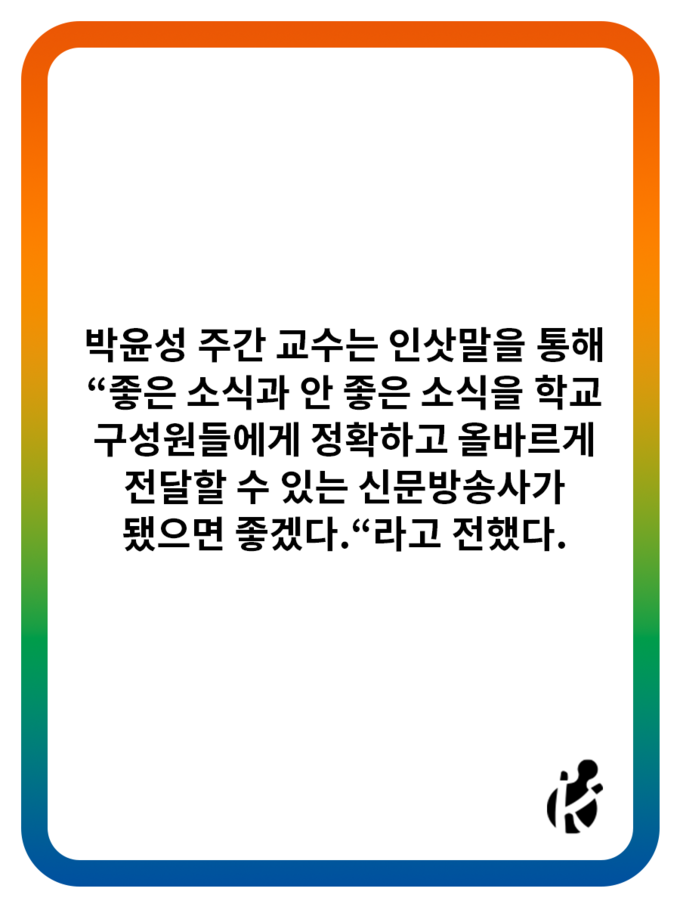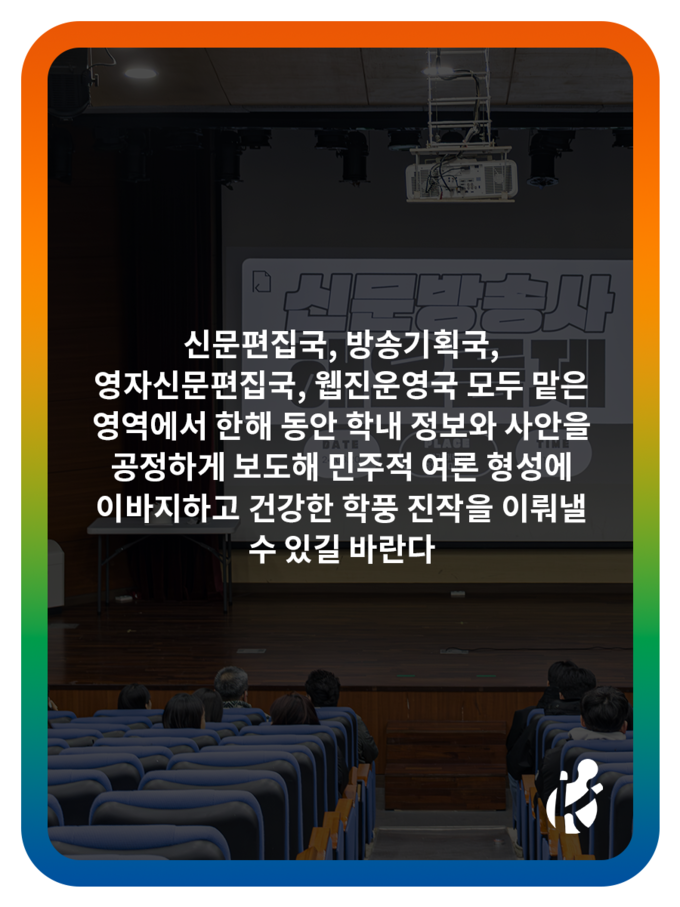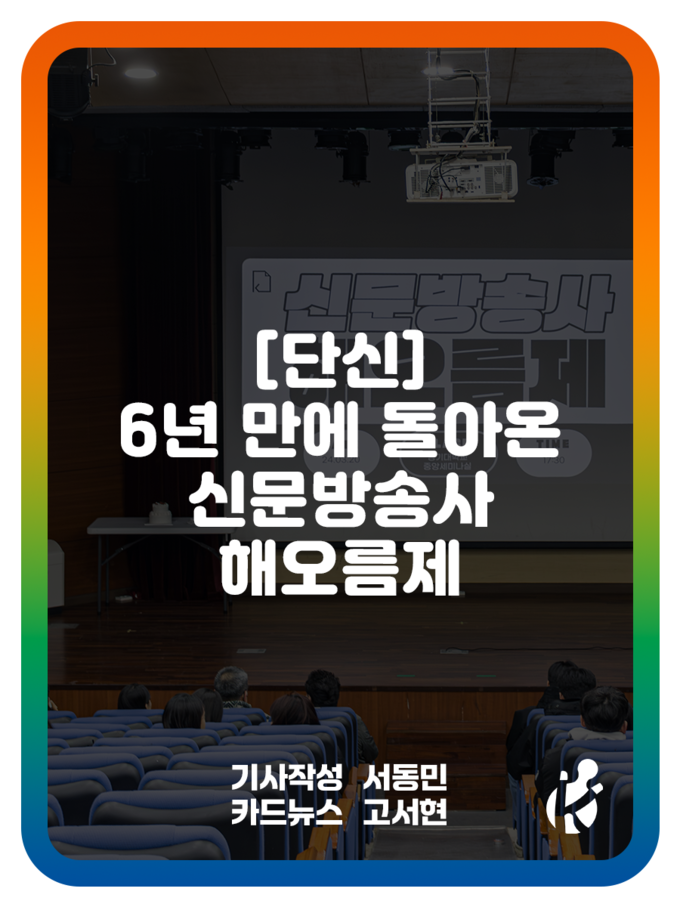
These days there is a conflict between the government and doctors surrounding a policy of increasing the number of medical students. In fact, the government already made a decision to raise medical school admissions by 2,000 students per year. However, the medical world is unhappy with the unilateral policy of the government, so most resident doctors are resigning from their jobs as a form of protest. The conflict between the government and doctors is making the public and other medical professionals feel uncomfortable. Patients who need to see a doctor are instead being served by other medical professionals, which is resulting in complaints. In Society 2, Pharos will carefully examine this situation by objectively looking at the opinions of the government, the medical world, and the nation.
The opinion of medical doctors
1. Worries about lowering the standards of medical education
The medical community is criticizing the government’s policy, claiming that it can lower the quality of important practices in medical universities. Usually, 15-20 students share one cadaver during anatomy dissection. However, such resources will be stretched if the government increases the number of admissions to medical schools.
2. Worries about a surge in medical expenses
The medical world has said that increasing the number of admissions to medical schools will lead to a burden on health insurance as a result of an increase in demand for medical treatment. Currently, South Korea’s population is decreasing due to the low birth rate.Therefore, if the government’s policy is put into effect, doctors will be overstaffed and medical demand will also increase, which will negatively affect the healthcare financial system. Actually, according to a research report by the National Health Insurance Corporation in 2007, the results showed that an increase of one doctor per 1,000 people leads to a 22% increase in medical expenses.
3. Arguing against the lack of medical personnel
The government pointed out the problem of the lack of medical personnel, saying that there are people waiting before the pediatric clinic opens and there is no doctor to treat patients in the emergency room. However, the medical community is proclaiming that the real problem is internal distribution of medical personnel, not the whole number of doctors. Most residents apply to the departments in which they can earn a lot of money with less intense work, such as dermatology, ophthalmology, and plastic surgery. The medical community pointed out the contradiction in the policy of the government. Indeed, if the number of medical students is increased, the number applying to compulsory departments can increase, but the number of students who will apply to the popular departments will also increase. Thus, even if the government increases the number of admissions to medical schools, it will not necessarily solve the problem.

For these reasons, doctors are strongly opposed to the policy of increasing medical schools. Pharos wanted to know what actual doctors think about the government’s policy, so we conducted an interview with a doctor who is working in orthopedics.
Q1: What do you think about increasing the number of admissions to medical schools?
A1: Personally, I am opposed to the government’s policy. Honestly, there are still a lot of doctors. Therefore, if we increase the number of medical school students, I think doctors will be overstaffed.
Q2: What is the solution to end this conflict?
A2: I think we need a policy that is focused on increasing the application rate of essential healthcare providers, not increasing of the number of medical school students.
Nurses are filling the gap created by the doctors’ strike. Pharos wants to know the opinions of nursing students who are dreaming of becoming nurses in the future, so Pharos conducted an interview with a nursing student at Gachon University.
Q1: What do you think about nurses filling the healthcare gap?
A1: As nurses fill the healthcare gap, we have to do dressing, suturing, and inserting central venous tubes. However, when a medical accident happens in this progress, all the responsibility falls on the nurse. It’s an unfair situation for nurses because they demand us to do treatments which aren’t yet legalized, and yet force us to take all the responsibility when medical accidents happen.Therefore, it is frustrating and we’ll be happier if the government and medical community doesn’t use us as replacements for doctors and instead improves nursing regulations and treatment.
The voice of government
On February 6, the Ministry of Health and Welfare announced an emergency briefing about expanding the number of doctors. The government discussed in-depth with the Health and Medical Policy Deliberation Committee about the essential medical crisis through 10 regional meetings. According to the experts, 10,000 more doctors are needed in consideration of the increase in medical demand because of aging, and the number of doctors in vulnerable areas should be set at the national average until 2035. Therefore, the government announced a plan to increase the fixed number of medical school students to 2,000 from 3,058 to 5,058 starting in 2025. If this happens, up to 10,000 doctors will be produced from 2031 to 2035. In addition, the government announced that it plans to periodically examine and mediate the supply and demand, allocating for more medical students outside the capital region and supplementing more than 60% of each university through the local talented selection. On March 20, the number of medical school students will be increased by 2,000, 1,639 outside the capital region and 361 in the Seoul Metropolitan Area. The government explained that the main standard was to solve the medical gap between the capital and non-capital region so that all citizens can enjoy high-quality medical services everywhere, and to overcome deviation in medical environments between Seoul and other regions. However, since this announcement, doctors have strongly opposed it.
The voice of public
The public is also worrying about the resistance of the medical community and the doctors’ general strike. The survey showed that the majority of the public approve of the increase of medical schools students and do not support the doctors’ general strike. According to a survey, 93.4% of the respondents said such measures should improve the lack of essential medical doctors. In addition, Soon-Ja Na, the chairwoman of the Health and Medical labor union, said the government should not be swayed by doctors’ opposition and proceed with policy according to the public’s demand. She also pointed out that what the doctors’ association should prevent is not the increase in medical students but the collapse of public healthcare due to a shortage of doctors. In response, many demand that the government should work with doctors to improve public health. The public responded to the medical community’s general strike, saying to the doctors who declared the strike, “Don’t forget that there are no doctors without patients.”
As you can see, Pharos examined the opinions of the government, the medical community, and the public. In order to solve the conflict between them, the policy making process must first of all be reorganized. Policies where individual opinions are excluded in the process are less effective and sustainable. Therefore, concerns and professional opinions from the medical industry must be sufficiently discussed before pursuing a policy. Finally, genuine discussion is needed. Reaching a conclusion before having a conversation can cause conflict. This attitude can be regarded as a unilateral attempt to pursue policy. Therefore, not only the government and medical community but also the public should sincerely communicate with one another on the issues.
79th Reporter • NAM HYE SEUNG • namhyeseung50@gmail.com
79th Reporter • CHO SEO YUN • jeoyum@gmail.com
 Shall We Dance?
There are moments that you want to get away from. Sometimes life is overwhelming and you might think that you’re too fragile. Due to personal reasons, I felt like that while working on this issue. Although I felt helpless, somehow I got over it. You control your own life. Your society is where you belong. You should take responsibility for your life and society and take good care of yourself. What I tried not to forget is this quote by Viv...
Shall We Dance?
There are moments that you want to get away from. Sometimes life is overwhelming and you might think that you’re too fragile. Due to personal reasons, I felt like that while working on this issue. Although I felt helpless, somehow I got over it. You control your own life. Your society is where you belong. You should take responsibility for your life and society and take good care of yourself. What I tried not to forget is this quote by Viv...

 [심층보도] 캠퍼스타운, 본교 발전의 초석 될까
[심층보도] 캠퍼스타운, 본교 발전의 초석 될까
 [와이파이] 성인 엑스포, 단순 행사인가 유사 성매매인가
[와이파이] 성인 엑스포, 단순 행사인가 유사 성매매인가
 [방구석 시사회] ‘괴물 형사’ 마석도, 네 번째 진실의 방으로
[방구석 시사회] ‘괴물 형사’ 마석도, 네 번째 진실의 방으로
 [진리터] 우후죽순 발생하는 이슈, 관심으로 찾을 수 있는 권리
[진리터] 우후죽순 발생하는 이슈, 관심으로 찾을 수 있는 권리

 목록
목록






